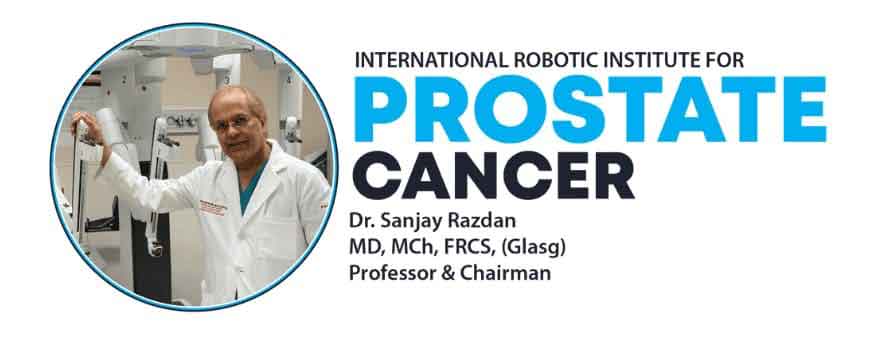In 2014, Dr.Sanjay Razdan, pioneered the MULP (Maximum urethral length preservation)technique, (1) wherein retroapical dissection is performed to preserve urethral length. MULP leads to the successful achievement of all surgical principles necessary to attain continence. It minimizes surgical damage to the two components of the rhabdosphincter (i.e., the smooth and the striated muscular portions and their nearby nerves). The long urethral stump facilitates faster and easily accessible vesicourethral anastomosis and provides support to the bladder, minimizing bladder descent. The 1, 3, and 6-month continence return after catheter removal among our patients who underwent RALP and MULP were higher (70%, 96.6%, and 100% at 1, 3, and 6 months respectively) than other series that examined the post-RALP functional outcomes. In 2019, a meta-analysis (2) including MULP and other surgical techniques, found that all the existing reconstructive surgical techniques show good-to-excellent outcomes 1 year after surgery, that is, continence rates between 87% and 98% of cases. Recently, Dr. Sanjay Razdan on the premise that MULP preserves penile length as demonstrated in prior studies, found that the MULP technique prevents postoperative penile shortening. (3) In this study, Dr. Sanjay Razdan demonstrates for the first time that MULP preserves penile length in a greater proportion of the subjects than previously published. The mean difference between preoperative and postoperative penile length was 0.13 cm, and 80.6% of subjects (88% of subjects with stage pT2) had no difference in penile length postoperatively. In contrast, 63 to 100% of subjects had penile shortening in previous reports. (4) (5) (6) (7) (8) Hence, MULP is the only technique that has been shown conclusively to preserve urinary continence as well as penile length post-RALP.
1. Hamada A, Razdan S, Etafy MH, Fagin R. Early return of continence in patients undergoing robot-assisted laparoscopic prostatectomy using modified maximal urethral length preservation technique. J Endourol. 2014;28(8):930-8.
2. Vis AN, van der Poel HG, Ruiter AEC, Hu JC, Tewari AK, Rocco B, et al. Posterior, Anterior, and Periurethral Surgical Reconstruction of Urinary Continence Mechanisms in Robot-assisted Radical Prostatectomy: A Description and Video Compilation of Commonly Performed Surgical Techniques. Eur Urol. 2019;76(6):814-22.
3. Reddy BN, Razdan S. Robot assisted laparoscopic radical prostatectomy with maximal urethral length preservation technique preserves penile length. J Robot Surg. 2023.
4. Hammerer P, Huland H. [Urodynamic changes after radical prostatectomy]. Urologe A. 1997;36(6):535-9.
5. Kadono Y, Nohara T, Kawaguchi S, Sakamoto J, Makino T, Nakashima K, et al. Changes in penile length after radical prostatectomy: effect of neoadjuvant androgen deprivation therapy. Andrology. 2018;6(6):903-8.
6. Vasconcelos JS, Figueiredo RT, Nascimento FL, Damião R, da Silva EA. The natural history of penile length after radical prostatectomy: a long-term prospective study. Urology. 2012;80(6):1293-6.
7. Gontero P, Galzerano M, Bartoletti R, Magnani C, Tizzani A, Frea B, et al. New insights into the pathogenesis of penile shortening after radical prostatectomy and the role of postoperative sexual function. J Urol. 2007;178(2):602-7.
8. Briganti A, Fabbri F, Salonia A, Gallina A, Chun FK, Dehò F, et al. Preserved postoperative penile size correlates well with maintained erectile function after bilateral nerve-sparing radical retropubic prostatectomy. Eur Urol. 2007;52(3):702-7.






